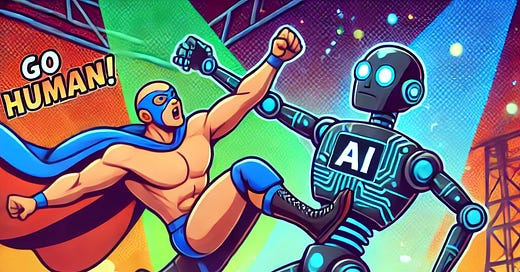Wrestling with AI Code Assistants: My Zero to Builder Journey
A few weeks ago, I kicked off a personal challenge I’m calling “Zero to Builder: 100 Days of AI.” After a 25-year break from hands-on development, I wanted to explore whether AI code assistants could help me relearn the modern fundamentals of application development. The short answer? Yes—but not without a fight.
Like many in my network, I got nudged toward using Cursor AI. I also leaned on ChatGPT and GitHub Copilot, depending on the task at hand. What sparked the initiative was a small but meaningful project: converting my Twitter.js tweet archive into a CSV file. I wanted to analyze my social activity. The assistant helped generate initial code, and the debugging was manageable. That little success lit the fire. I felt accomplished, and more importantly, I felt like I had found a tool that could accelerate the learning curve.
Encouraged, I committed to the Zero to Builder program. Then came the ambitious project: an RSS reader that pulls blog posts from companies I follow and filters them using GPT-4 based on my interests. Sounds cool, right? It worked—kinda. The CLI version came together with some persistence. I leaned on ChatGPT to create a design doc, then used Cursor to help build and debug. But even then, I had to guide it constantly. Logging? I had to ask for it. Debugging? I had to push it there.
Then the real chaos started. People asked for a web version.
Introducing a front end pushed the assistant past its limits. It began by changing default ports, switching logic from “high, medium, low” to arbitrary numeric scales, and rewriting code I hadn’t asked it to touch. I wanted to add local model support to avoid OpenAI API costs—it made it the default without warning. I spent more time undoing changes than moving forward.
Eventually, I hit a wall. I don’t trust the current state of the app enough to make it publicly accessible. So I’m pivoting. I’ll keep using the CLI version for myself, and more importantly, I’ll continue the Zero to Builder journey. Because here’s the thing: this experience taught me how AI code assistants should work—and where they fall short.
So, here’s my advice: take it slow. Start with basic apps that can be completed end to end in one sitting. Establish structure early. Think in small chunks. These assistants work best when the boundaries are clear and tightly controlled. And if you’re not an experienced developer, know that you’ll need to become one—just to manage the assistant.
I’m on day ten now, and I’ve already seen enough to know this: AI code assistants aren’t ready to replace developers. But they can absolutely augment them—if we guide them with intention and care.
Let’s keep building.



